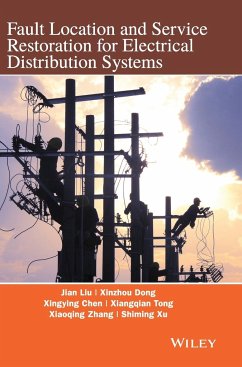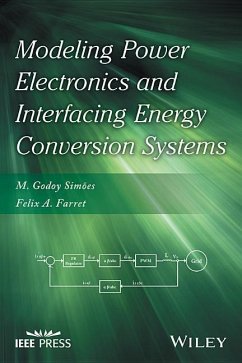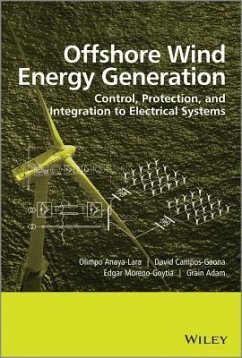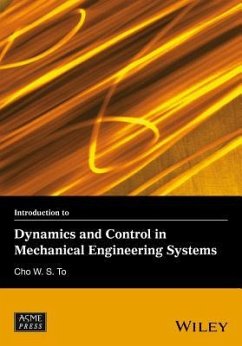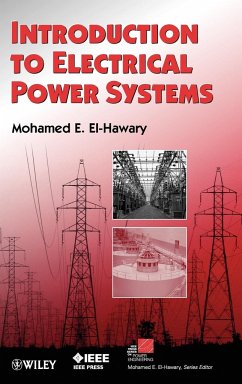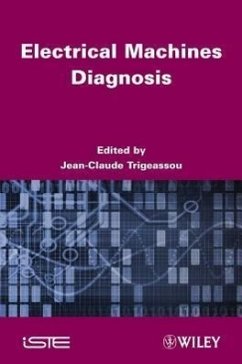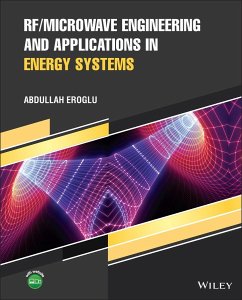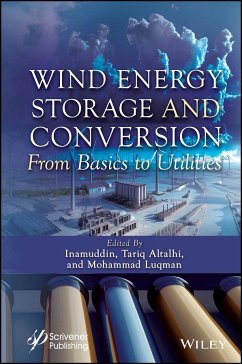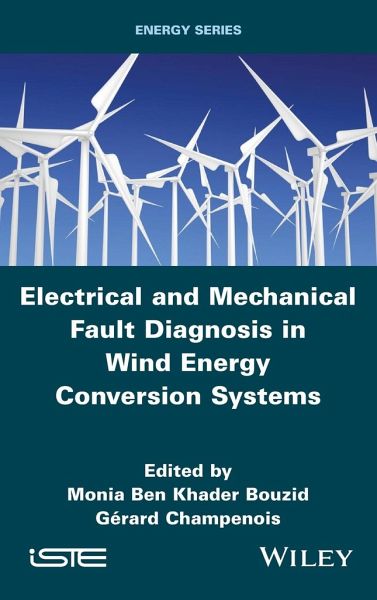
Electrical and Mechanical Fault Diagnosis in Wind Energy Conversion Systems
Versandkostenfrei!
Versandfertig in über 4 Wochen
147,99 €
inkl. MwSt.
Weitere Ausgaben:

PAYBACK Punkte
74 °P sammeln!
Wind energy conversion systems are subject to many different types of faults and therefore fault detection is highly important to ensure reliability and safety. Monitoring systems can help to detect faults before they result in downtime. This book presents efficient methods used to detect electrical and mechanical faults based on electrical signals occurring in the different components of a wind energy conversion system. For example, in a small and high power synchronous generator and multi-phase generator, in the diode bridge rectifier, the gearbox and the sensors. This book also presents a m...
Wind energy conversion systems are subject to many different types of faults and therefore fault detection is highly important to ensure reliability and safety. Monitoring systems can help to detect faults before they result in downtime. This book presents efficient methods used to detect electrical and mechanical faults based on electrical signals occurring in the different components of a wind energy conversion system. For example, in a small and high power synchronous generator and multi-phase generator, in the diode bridge rectifier, the gearbox and the sensors. This book also presents a method for keeping the frequency and voltage of the power grid within an allowable range while ensuring the continuity of power supply in the event of a grid fault. Electrical and Mechanical Fault Diagnosis in Wind Energy Conversion Systems presents original results obtained from a variety of research. It will not only be useful as a guideline for the conception of more robust wind turbines systems, but also for engineers monitoring wind turbines and researchers





